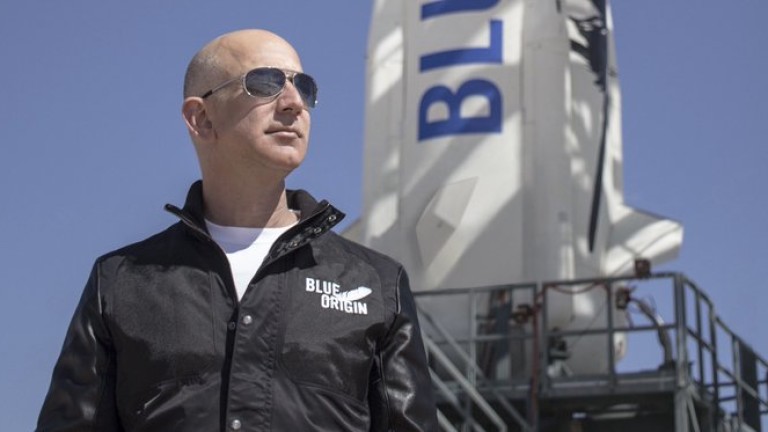Jeff Bezos can own almost anything he wants. But the richest man in the world is willing to risk everything for an 11-minute space trip. Exactly how risky is his decision?
The answer may be unexpected, writes CNN. Space travel has historically been fraught with dangers. In the case of the founder of Amazon and Blue Origin, the risks are not so great – the space company has spent most of the last decade testing the suborbital and fully autonomous New Shepard rocket.
It should also be noted that although most people think of astronauts orbiting the Earth when they hear of a space flight, this is not the case with Bezos. The billionaire, his brother and another man will climb quickly, and then return in about 11 minutes.
Suborbital flights differ significantly from the orbital ones we think of first. New Shepard will make short trips of over 100 km. above the Earth, the line that marks the boundary between the planet and the cosmos.
Orbital rockets need enormous power to reach speeds of over 27,000 km / h, which gives the spacecraft enough energy not to be attracted back by gravity.
Suborbital flights require far less power and speed – which means that the rocket works shorter, temperatures are lower, the various forces that affect it are less – in short, there is less chance of something going wrong .
The New Shepard will reach about three times the speed of sound – roughly 3.7 thousand km / h – and will fly directly uphill until it burns almost all of its fuel. The capsule, in which the space tourists will be, will then separate at the top of the trajectory and briefly continue to move upwards, giving passengers a few minutes in which they will feel weightless.
It will then fly down, and parachutes will slow it to less than 30 km / h before it reaches the ground. The capsule, which is fully autonomous, has so far not had an explosion in a total of 15 test fields. The rocket, which will land separately, will use the remaining fuel and its computers to land safely.
Because suborbital flights do not require such a speed – nor do they experience a re-entry into the atmosphere at an appalling speed – they are considered far less risky than orbital ones. Upon entering the atmosphere, the body temperature of the spacecraft can reach over 1,900 degrees Celsius, and astronauts test 4.5G.
Although suborbital flights are less risky and the rocket and capsule have a number of security systems, there is still a risk. One of Richard Branson’s Virgin Galactic planes crashed in 2014 and killed one of the pilots.
Bezos’ flight is on July 20.
– .


